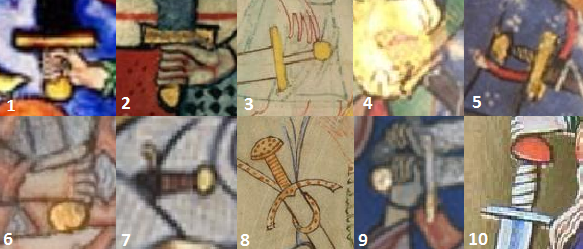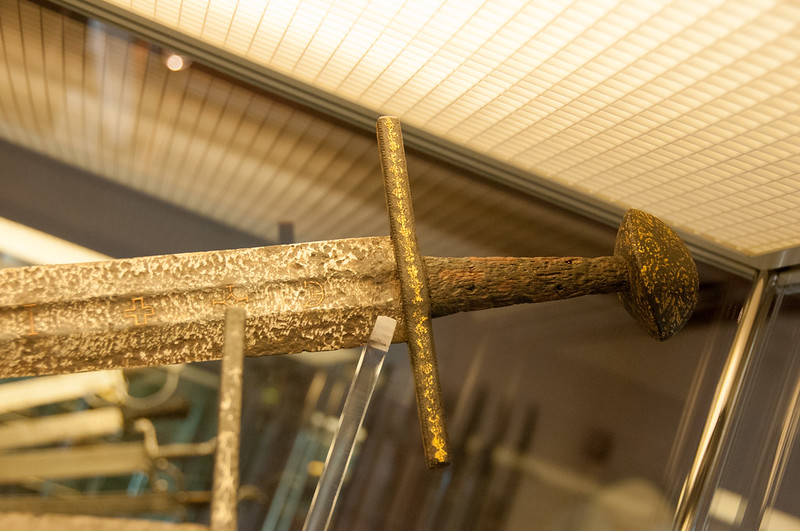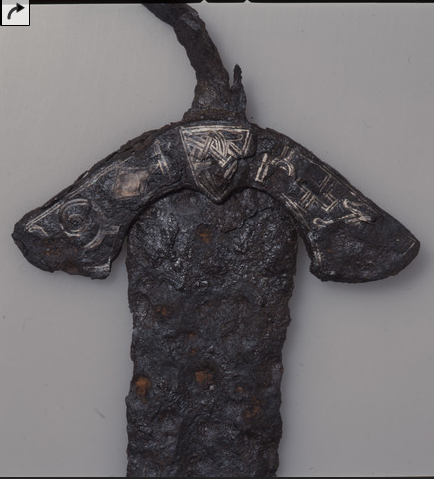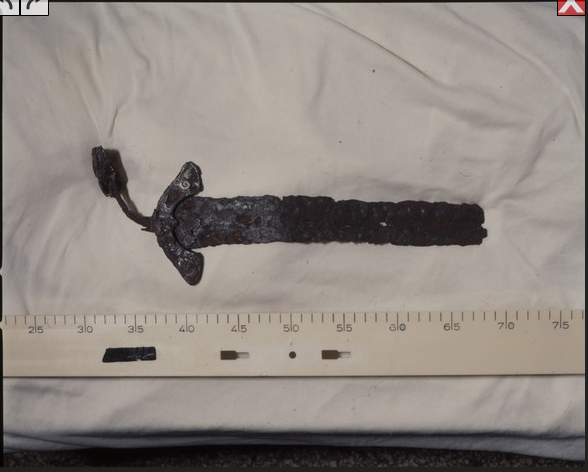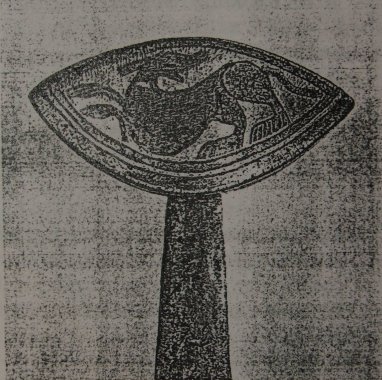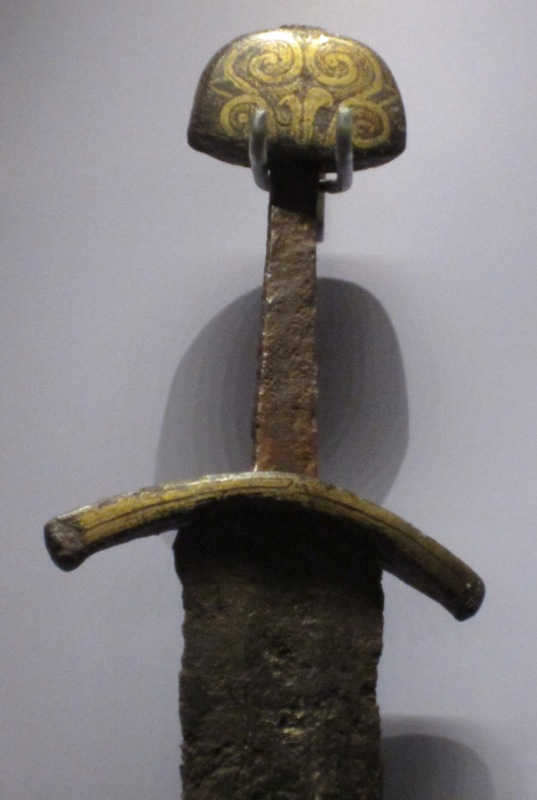Posts: 166 Location: Canada
Thu 30 Apr, 2020 1:44 pm
More evidence
I finally had a chance to do a bit more searching and I came across some interesting evidence. While looking for examples of existing swords I had the thought that I should see what period art could add to this topic. I was very surprised by what I found. From the artwork it appears that hilts decorated with yellow metal were very common, and other forms of decoration were also prevalent. I didn't take a tally but based on my search it appeared to me that decorated hilts are more common in period art than plain hilts. I will go back sometime and take a tally to get a better idea of the percentage.
Whether or not period art is representative of most blades of the time is of course another discussion. If I had to guess I would lean toward it not being representative. I say this because it appears that the art that is highly colored and detailed is depicting people of higher status and those are the images that I am pulling from. I feel I can at least say that it was not uncommon for hilts of the 11-12th century to be decorated. This came as a surprise to me because prior to this search I had envisioned the weapon fashion of this period as a large move away from the highly decorated hilts of the viking period to a style of plain utilitarian aesthetic. Now I am beginning to think that it was not a move toward a more plain style, but a move away from highly labor intensive wire inlay decoration to a decoration that is easier to apply like gilding or painting. Perhaps the reason that we are accustom to seeing blades from this period without adornment is because the decoration is perishable and has worn off on nearly all examples.
Below are 10 of the best examples that I found from my search of period art. Links to the full pictures and information is also listed below. I tried to get examples that showed
Oakeshott type A or B pommels. On some of these it is difficult to tell for sure and some of them are wheel/disk type pommels. #9 is likely a disk, and 1 and 6 are difficult to tell for sure. They may be type B1. I found #3 particularly interesting because it appears to be a B or B1 pommel among Petersen type S hilts most of which appear to have decorative hilts. I also found #10 very interesting because it made me wonder if paints or enamels were also use to give color to hilt components. I found a few other examples of hilts with colors that do not appear to be metallic.
I just wish that we had more intact examples from this period that showed what type of details were applied to the hilts. I'm guessing it was not just a simple gilding applied to a smooth surface or solid color paint. The sword of St. Maurice (Vienna) is one period example I was able to find and it shows more detail that just simple gilding. It also supports the idea that gilding could be the style of decoration that we see in the period art. That being said, it is a coronation sword, so I'm not sure how much we can trust it to be representative.
Anyway, enough of my ramblings. Please have a look at the picture and links below. I would love to hear what anyone thinks of this, or if there are any other bits of evidence/info that can add to this topic.
1.
http://manuscriptminiatures.com/4903/14533/
2.
http://manuscriptminiatures.com/4762/7798/
3.
http://manuscriptminiatures.com/5771/21793/
4.
http://manuscriptminiatures.com/4449/22586/
5.
http://manuscriptminiatures.com/4449/22587/
6.
http://manuscriptminiatures.com/5815/22559/
7.
http://manuscriptminiatures.com/4555/11246/
8.
http://manuscriptminiatures.com/5770/21792/
9.
http://manuscriptminiatures.com/media/manuscr...1447-2.jpg
10.
http://manuscriptminiatures.com/4739/9849/
 Attachment: 282.3 KB
Attachment: 282.3 KB
